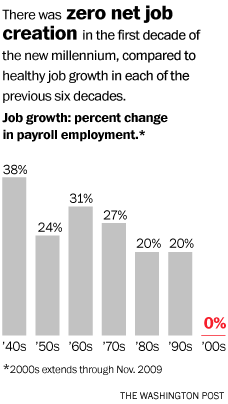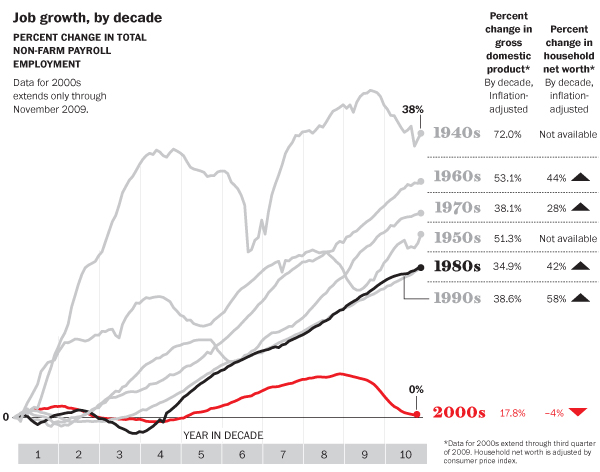As a consumer staples sector, stocks of food producing companies can provide some margin of safety and stability to a portfolio especially in adverse market conditions. Only a handful of foreign food companies trade in the organized U.S. exchanges.
Two of the large global food companies are Europe-based Unilever and Cadbury. British confectioner Cadbury is the owner many famous brands in the world such as Dairy Milk, Creme Egg, Stride, Chiclets, Trident, etc. American food giant Kraft Foods is now engaged in a takeover bid of Cadbury. Unilever’s portfolio of brands include Lipton, Dove, Sunsilk, Surf, Rexona, Pond’s and many others. The other six companies shown here have low market capitalizations and are from emerging markets.
The complete list of foreign food producers are listed below:
[TABLE=284]

